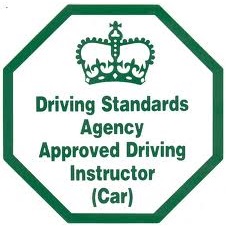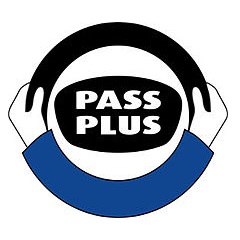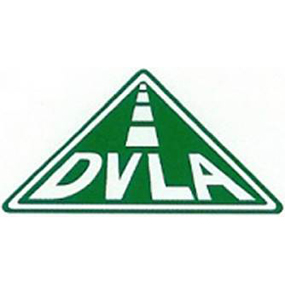The “show me, tell me” questions are a part of the practical driving test, and they are designed to assess a candidate’s knowledge of basic vehicle maintenance and safety checks.
During the test, the driving examiner will ask the candidate two questions, one “tell me” question (where the candidate explains how they would carry out a safety check) and one “show me” question (where the candidate demonstrates a safety check). These questions are related to basic vehicle maintenance tasks that drivers should be able to perform to ensure their vehicle is safe to drive.
For example, a “tell me” question could be something like, “Tell me how you would check that the brakes are working before starting a journey.” A “show me” question might be, “Show me how you would clean the windscreen using the windscreen washer and wipers.”
It’s a way to ensure that drivers have a basic understanding of vehicle maintenance and safety, contributing to overall road safety.
Q1. When it’s safe, show me how you’d clear the rear windscreen
A1. When you press the brake pedal it shouldn’t feel spongey or slack. If your brakes are working properly the car shouldn’t pull to one side.

Q2. TELL ME where you’d find the cars recommended tyre pressures and how you’d check each tyre
A2. Look in the car manual and then use a reliable pressure guage to check and adjust the pressures when the tyres are cold. Don’t forget to refit the valve caps, and check the spare tyre if you got one.
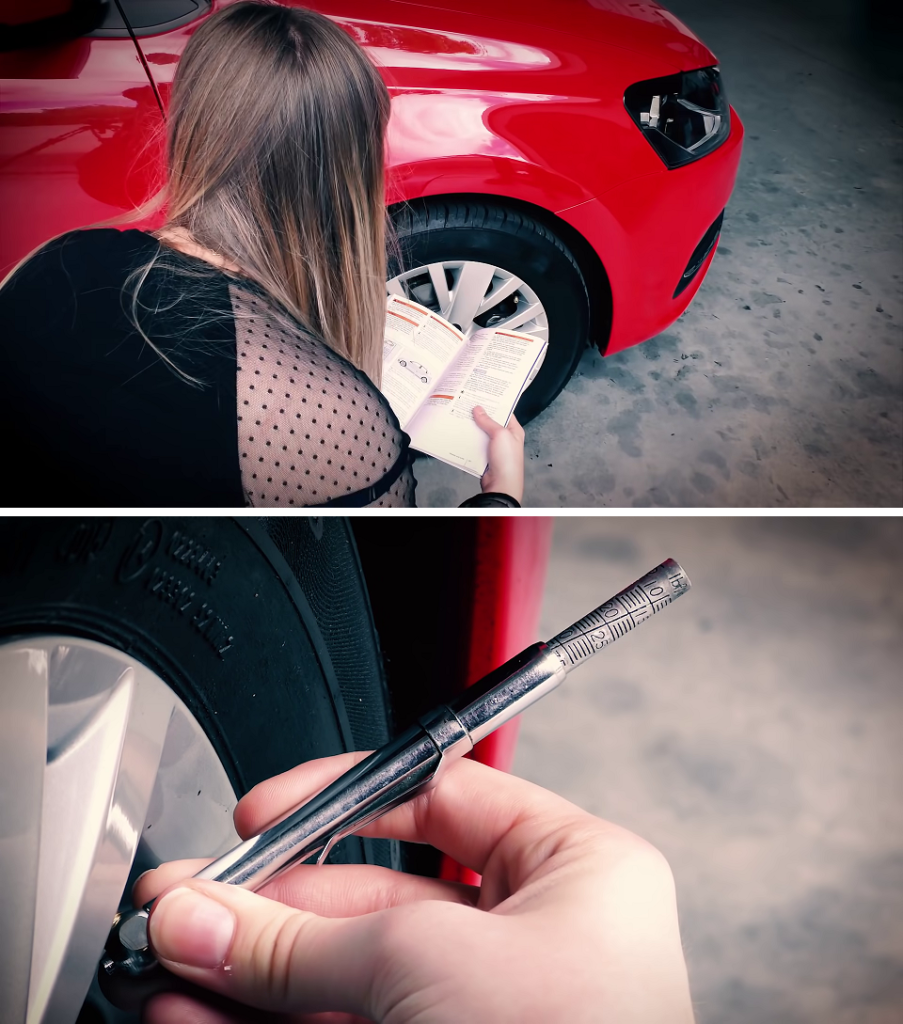
Q3. TELL ME how you’d make sure your head restraint is correctly adjusted so it provides the best protection
A3. Adust the head restraint so that the rigid part is at least as high as your eyes or the top of your ears. Make sure its close to the back of your head and comfortable. Some cars might not have adjustable head restraints.
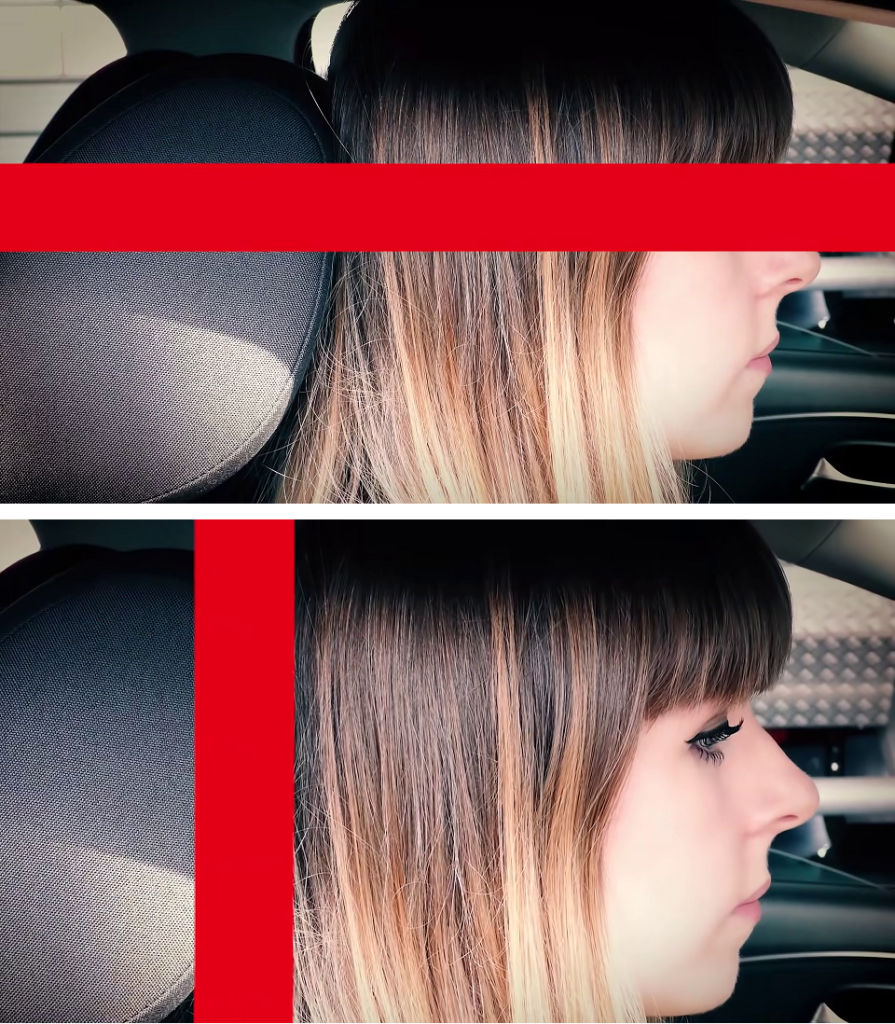
Q4. TELL ME how you’d check the tyres have sufficient tread path and are in a safe condition
A4. Check they have no cuts or bulges. They must have at least 1.6mm of tread depth across the middle three-quarters of the tyre, and around the entire outer circumference.
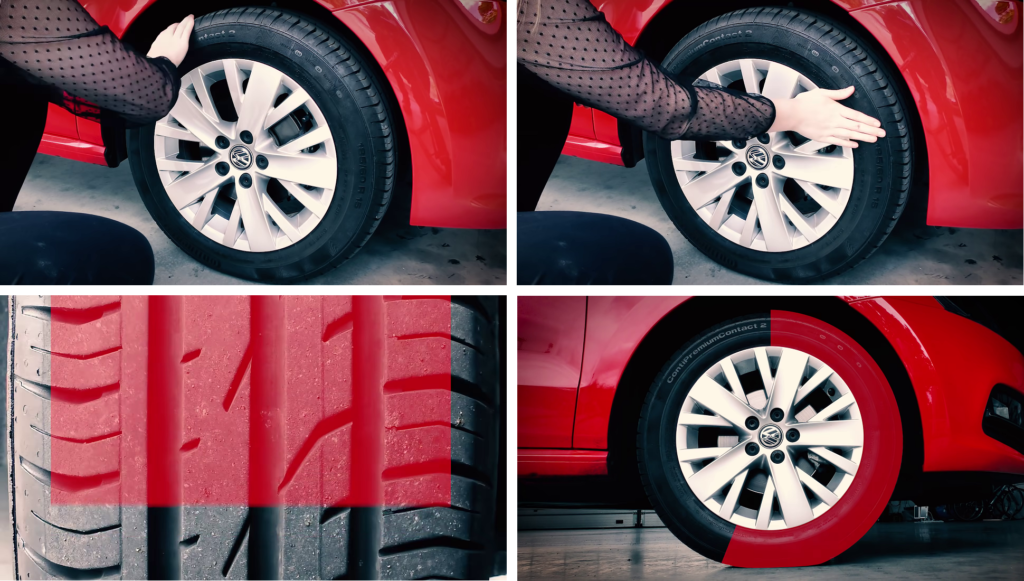
Q5. TELL ME how you’d check the headlights and tail lights are working
A5. Check they have no cuts or bulges. They must have at least 1.6mm of tread depth across the middle three-quarters of the tyre, and around the entire outer circumference.
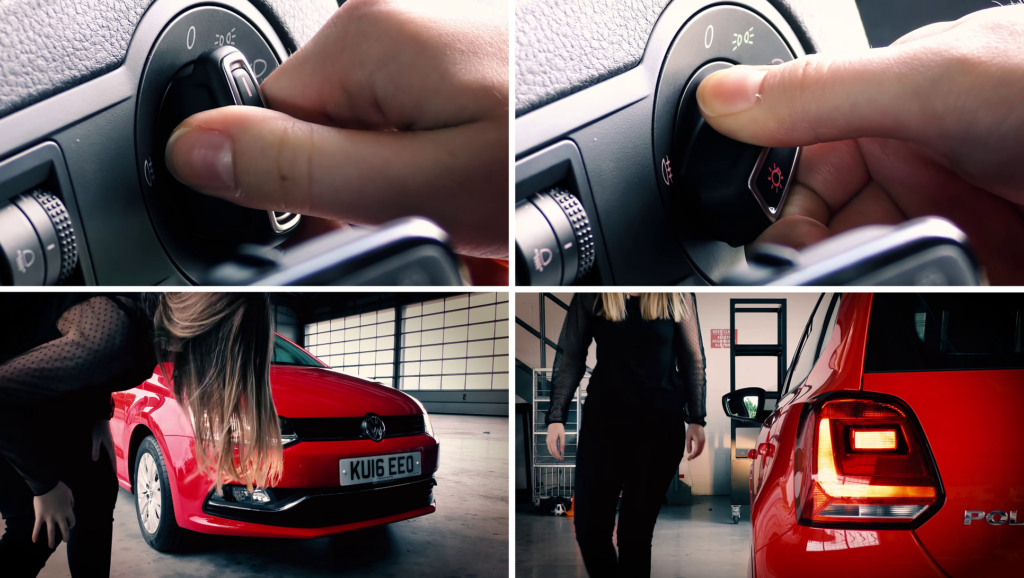
Q6. TELL ME how you’d know if there was problem with your anti-lock braking system
A6. The ABS warning light should light up if there is a fault.
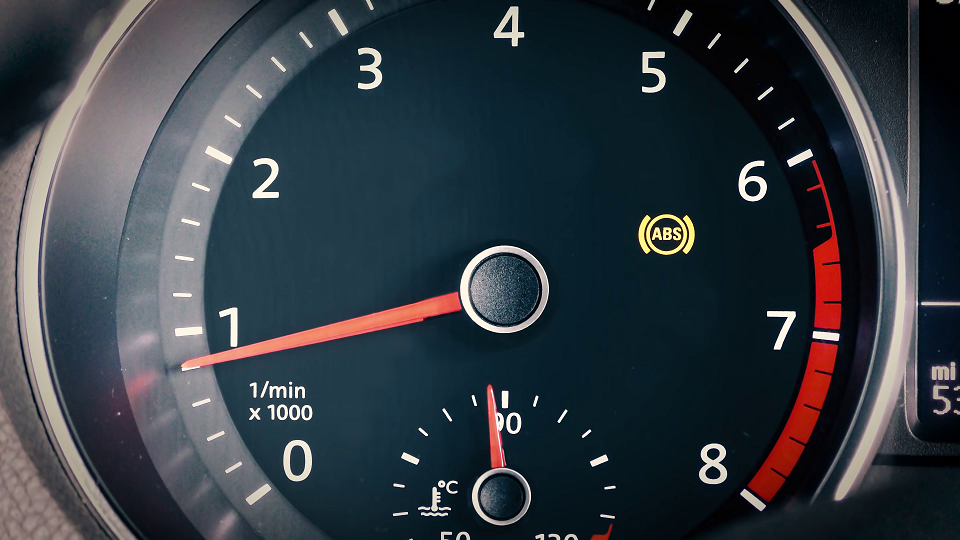
Q7. TELL ME how you’d check the indicators are working
A7. Turn on the hazard warning lights. You might need to turn the ignition on, then, walk around the car to check the indicators are working.
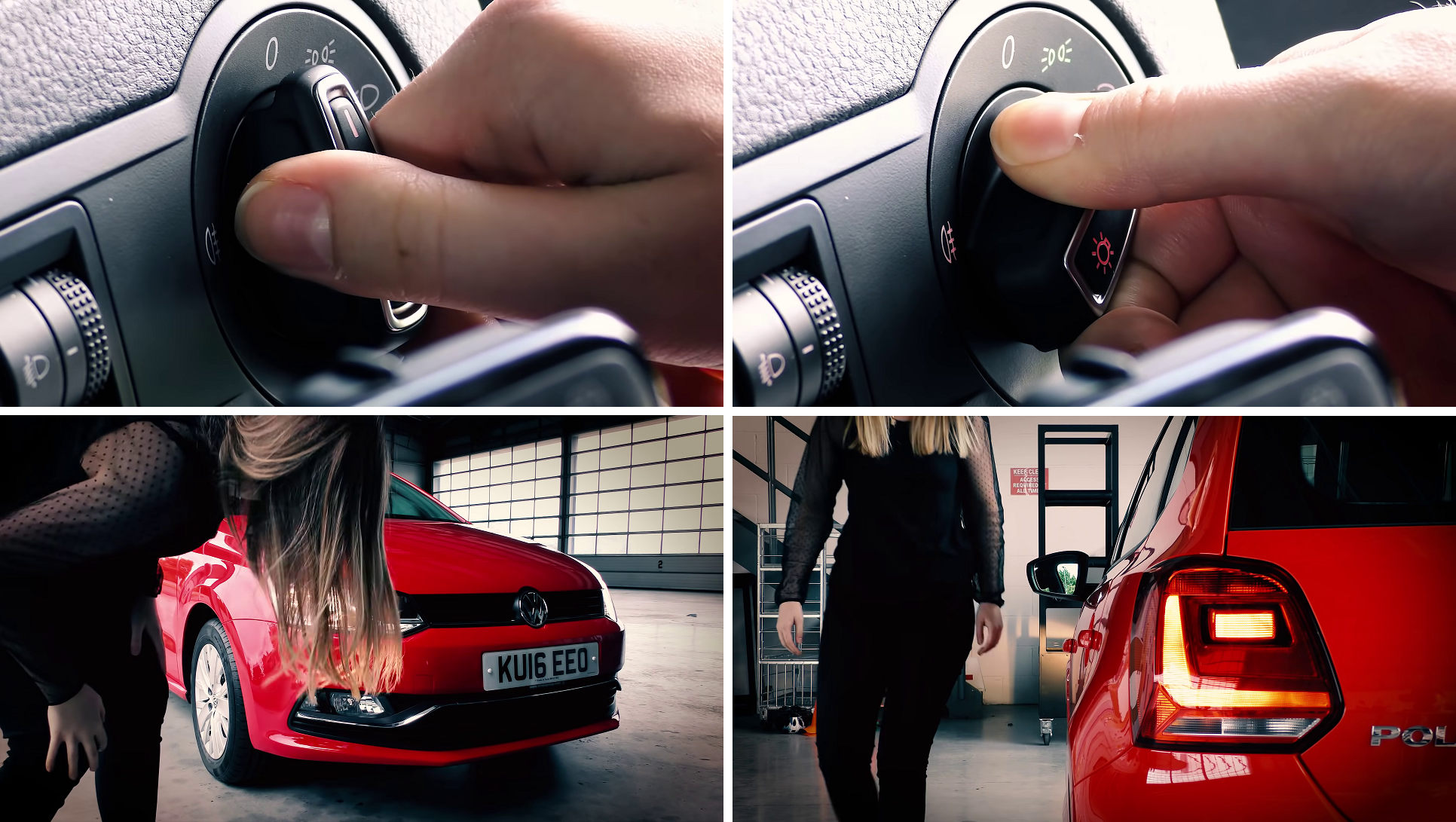
Q8. TELL ME how you’d check the brake lights are working
A8. Press the brake pedal and ask someone to check the brake lights come on or use reflections in windows or doors.
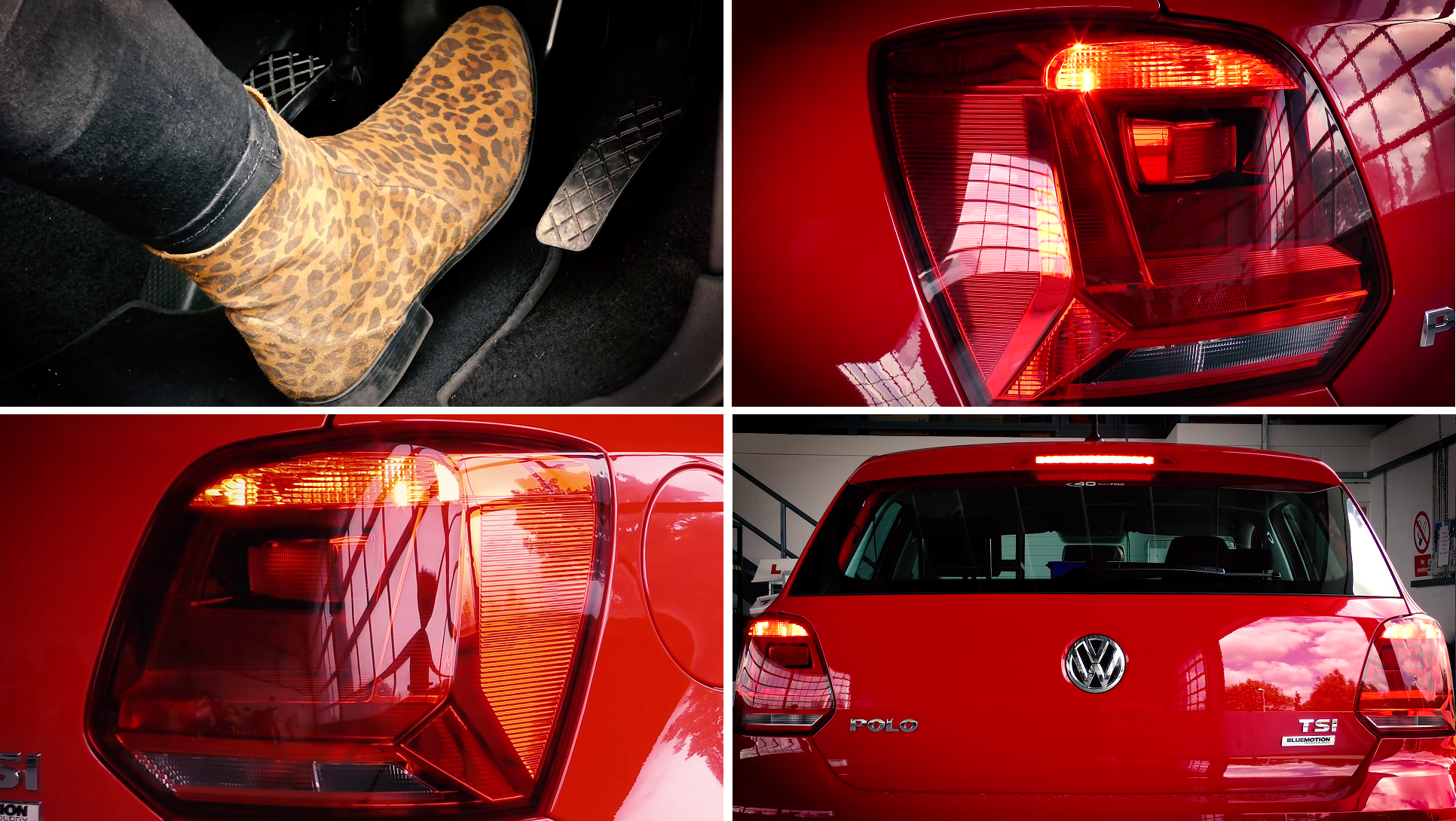
Q9. TELL ME how you’d check the power streering is working before starting a journey
A9. Turn the ignition on and then turn the steering wheel. It should move with ease. You can also turn the steering wheel just after moving off to check that it works.
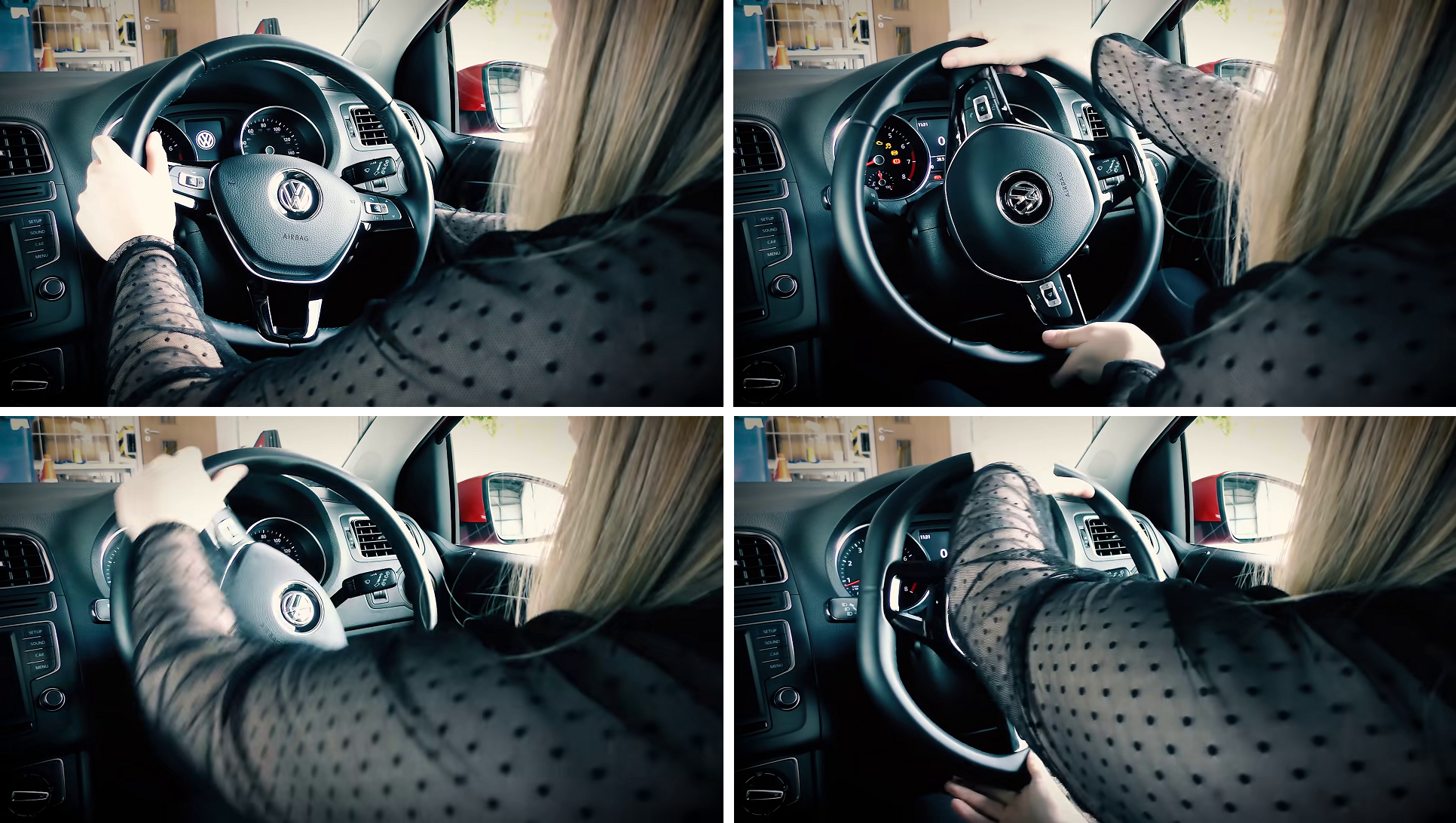
Q10. TELL ME how you’d switch on the rear fog lights and explain when you’d use them
A10. Turn the ignition on, the turn on the dipped headlights and then the fog lights. Check that the warning light on the dashboard is on. Tell the examiner you’d only use them when visibility is seriously reduced – generally when you can’t see for more than 100 metres.
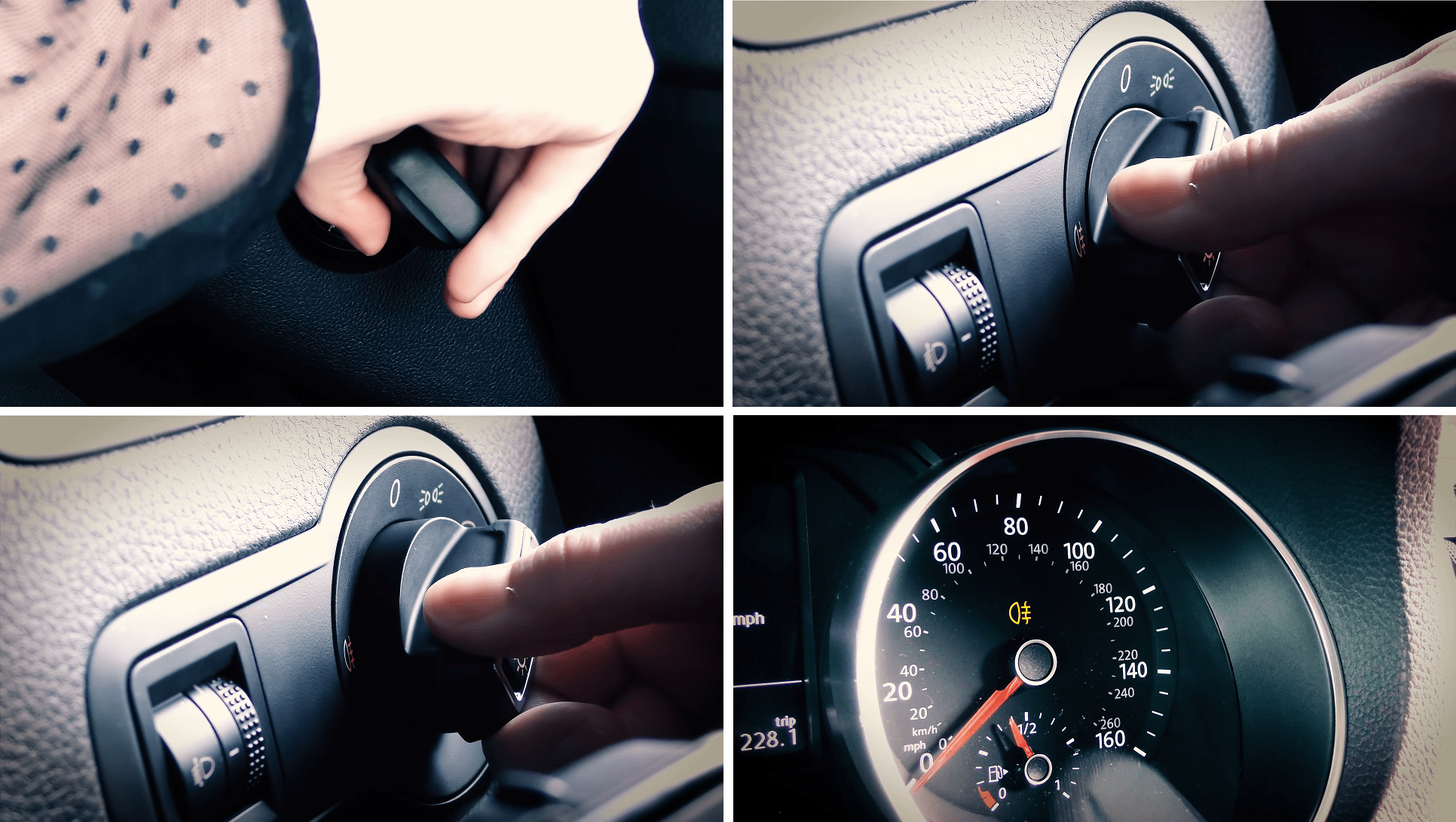
Q11. TELL ME how you switch your headlight from dipped to main beam and explain how you’d know the main beam is on
A11. Turn the ignition on, then turn on the dipped headlights and switch to the main beam. Check that the main beam warning light on the dashboard is on.
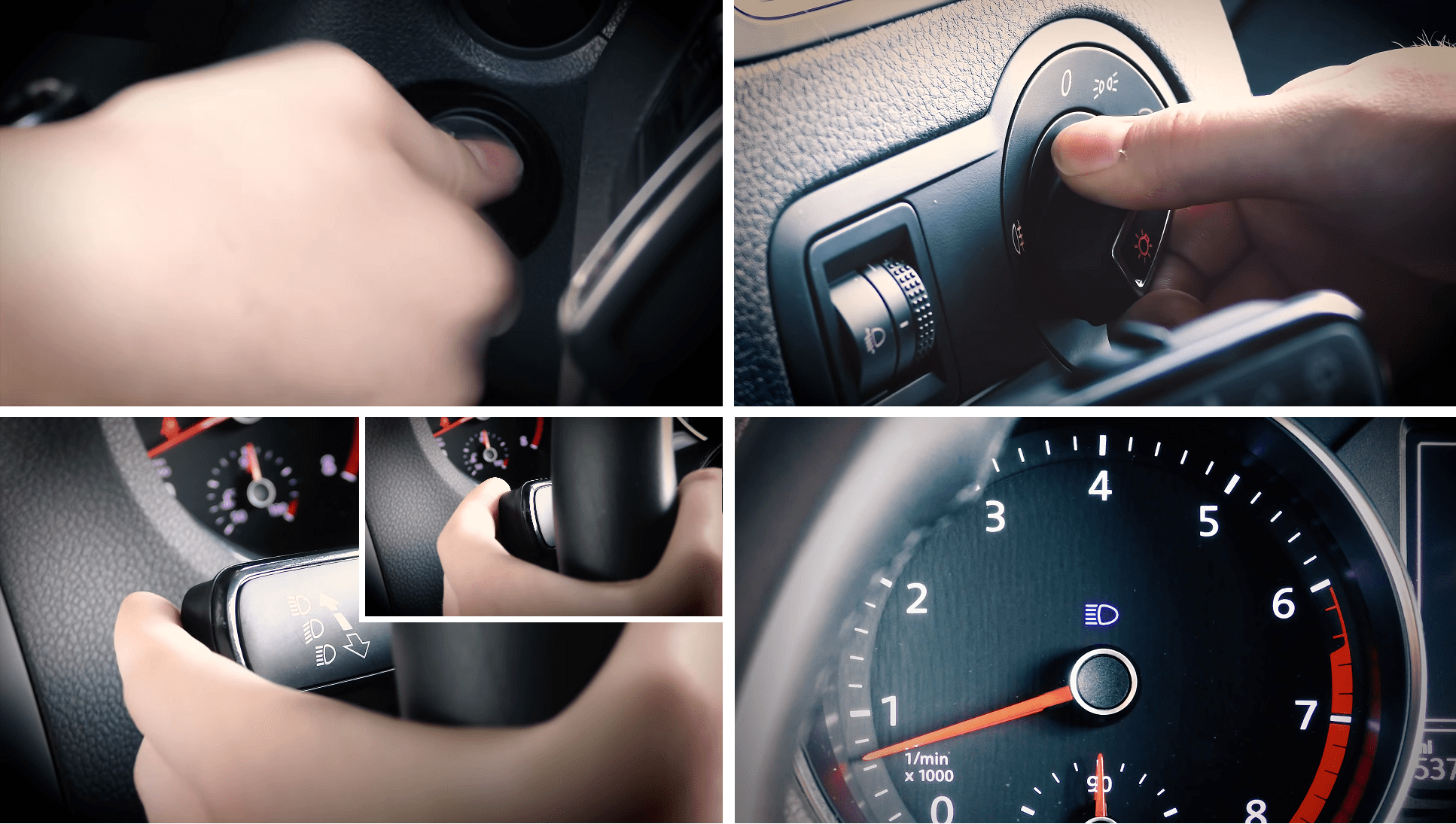
Q12. Open the bonnet and TELL ME how you’d check the engine has sufficient oil
A12. Remove the dipstick and wipe it clean with a cloth – put it back in the holder then take it out again. Look at the high and low marks – the oil level should be between them. If it’s too low, top it up – but don’t overfill it, as you could damage the engine.
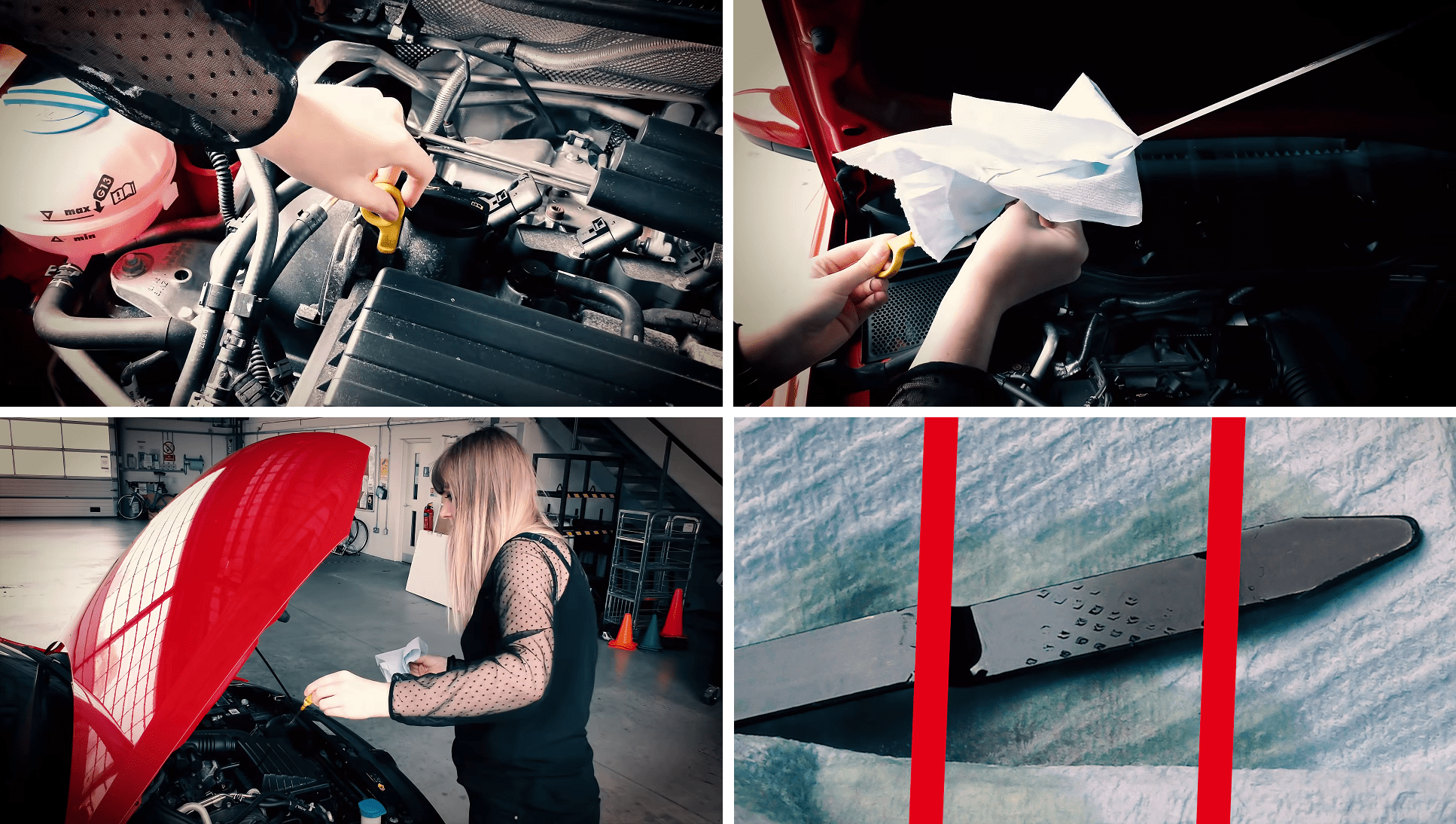
Q13. Open the bonnet and TELL ME how you’d check the engine has sufficient engine coolant
A13. Check the coolant level by looking at the high and low level marks on the radiator header tank. If the levels are low – top it up with a water and anti-freeze mix, but ONLY when the engine is cold. You could get a serious injury if you open the cap when the engine is hot.

Q14. Open the bonnet and TELL ME how you’d check that you have a safe level of hydraulic brake fluid
A14. The brake fluid must be kept between the high and low marks – if it’s too low, top it up with the correct type of fluid… you can find out what this is in your car’s manual.
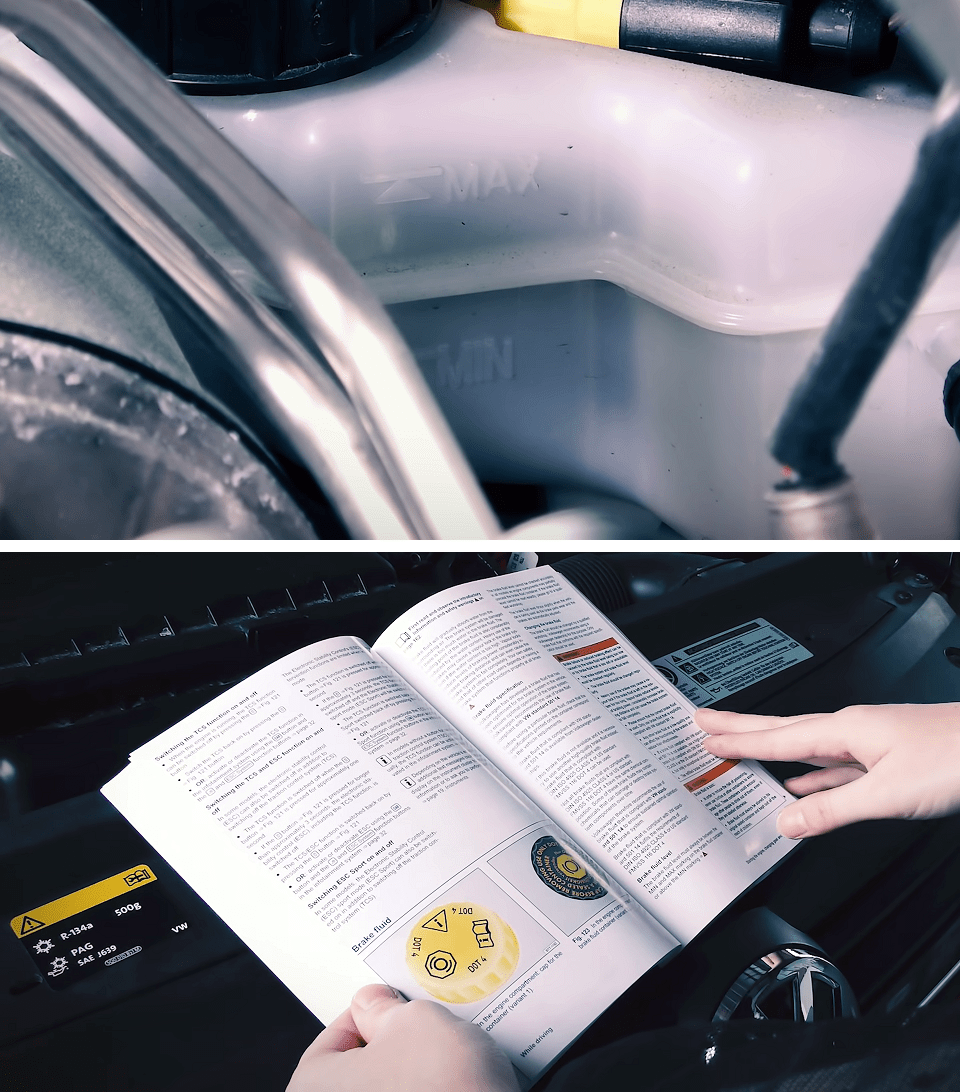
Q1. When its safe, SHOW ME how you’d wash and clean the rear windscreen

Q2. When its safe, SHOW ME how you’d wash and clean the front windscreen

Q3. When its safe, SHOW ME how you’d switch on your dipped headlights
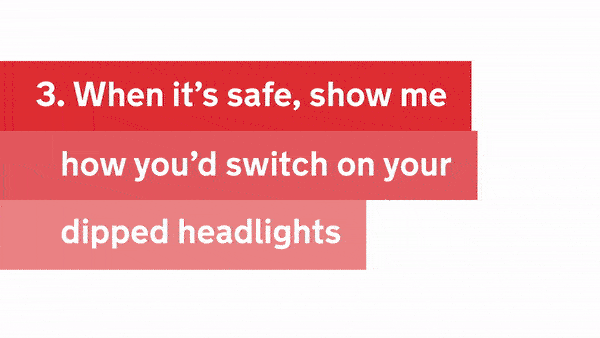
Q4. When its safe, SHOW ME how you’d set the rear demister

Q5. When its safe, SHOW ME how you’d operate the horn
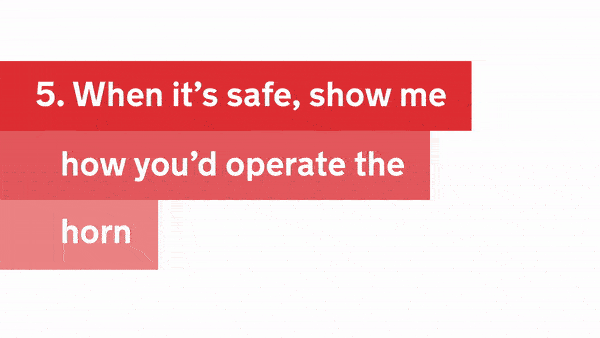
Q6. When its safe, SHOW ME how you’d de-mist the front windscreen
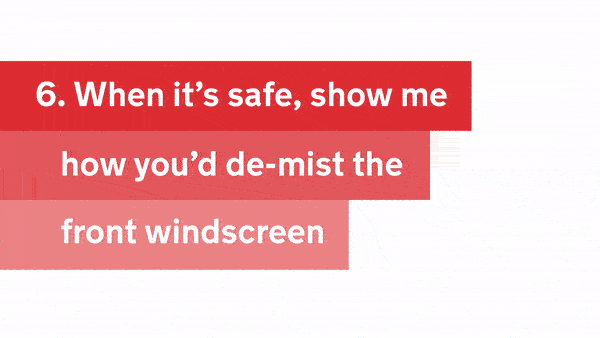
Q7. When its safe, SHOW ME how you’d operate the side windscreen

